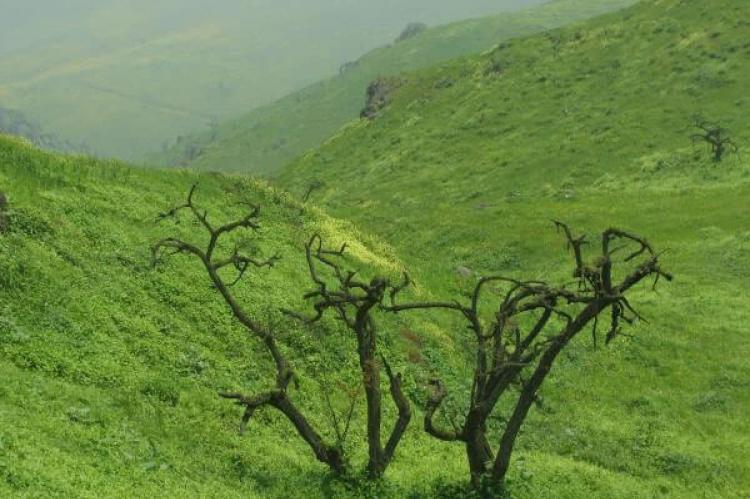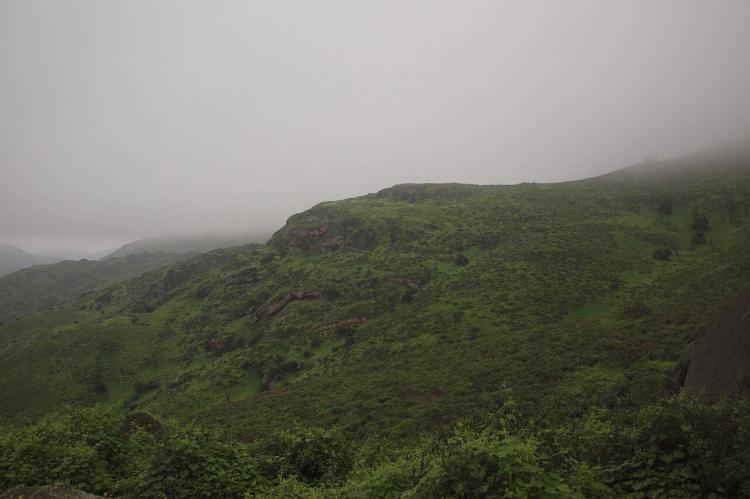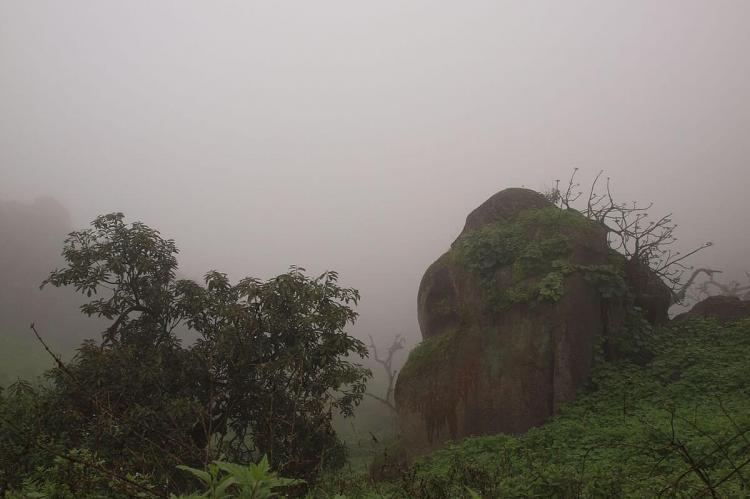Lomas de Lachay: A Misty Oasis in the Peruvian Desert
The Lomas de Lachay National Reserve is a verdant oasis in the arid foothills of the Peruvian Andes north of Lima. This protected area boasts a unique micro-environment, nurturing a dwarf forest and a remarkable mist-fed ecosystem teeming with wild plant and animal species.
Lomas de Lachay: A Misty Oasis in the Peruvian Desert
Nestled in the arid foothills of the Peruvian Andes, just 65 miles (105 km) north of the bustling capital city of Lima, lies the Lomas de Lachay National Reserve, a verdant oasis that defies the harsh reality of the surrounding desert. This 12,500-acre (5,070-hectare) protected area is a true gem, where the moist coastal mists have given rise to a unique micro-environment, nurturing a dwarf forest and a remarkable mist-fed ecosystem teeming with wild plant and animal species.
A Unique Geographical Phenomenon
The Yungas: Where the Andes Meet the Mist
The hills of Lomas de Lachay are formed due to a unique geographical occurrence called the Yungas phenomenon. As the Andes mountains stretch towards the Pacific coast, they meet the thick fog and cloud cover prevalent in the region for most of the year. This merging of the coastal climate with the towering peaks fosters the perfect environment for developing these verdant ecosystems nourished by mist. These ecosystems offer a striking juxtaposition to the dry terrains surrounding them.
Seasons of Transformation
Lomas de Lachay National Reserve experiences two distinct seasons, each with its unique character. From June to November, the humid season reigns supreme, breathing life into the verdant vegetation and attracting diverse fauna. This is the reserve's most vibrant and active period when the mist-fed ecosystems are at their most lush and teeming with activity.
In contrast, the dry season, spanning from December to May, ushers in a period of transformation. As the moisture dissipates, the landscape gradually dries out until the first fogs of fall arrive, heralding the return of the humid season, and the cycle begins anew.
A Flourishing Biodiversity
A Botanical Wonderland
Despite the harsh desert conditions surrounding it, Lomas de Lachay National Reserve is a botanical wonderland home to over 150 plant species, some of which are on the brink of extinction. The Peruvian papaya, tara spinosa, Capparis prisca, Caesalpinia tinctoria, and the striking yellow-flowered Loasa urens are among the most notable inhabitants of this verdant oasis.
In addition to these unique flora, the reserve boasts a diverse array of grasses, air plants, and succulents, including various species of cacti, all adapted to thrive in this misty micro-environment.
A Haven for Wildlife
The lush vegetation of Lomas de Lachay National Reserve provides a vital habitat for a diverse array of wildlife. Rodents, such as the mountain mouse, are among the most abundant mammals. Still, the reserve is also home to the elusive Sechuran fox, the comical Andes skunk (Conepatus rex), and the endearing vizcacha.
Bird enthusiasts will delight in the approximately 55 species that call the reserve home, including the burrowing owl, the Andean tinamou, the American kestrel, and a variety of hummingbirds. Meanwhile, reptile lovers can look out for the Peruvian snake (Bothrops pictus), the curl-tail lizard, and a myriad of fascinating arthropods.
Conclusion
Lomas de Lachay National Reserve is a remarkable phenomenon within the Peruvian desert, where natural forces have collaborated to foster a distinctive and flourishing ecosystem. Its varied flora and fauna, seasonal shifts, and the unique geographical occurrence responsible for its formation provide visitors with an exceptional opportunity to explore a realm that challenges preconceptions. Whether one aims to engage with the lush landscapes nourished by mist or contemplate life's resilience amidst harsh conditions, Lomas de Lachay is a destination that fosters a deeper appreciation for the marvels of nature.


